Week 1 - RMA
| Webwerf: | Unitec Online |
| Kursus: | ENGGMG7109 - Resource and Environmental Management 2022 |
| Boek: | Week 1 - RMA |
| Gedruk deur: | Besoekers gebruiker |
| Datum: | Monday, 1 December 2025, 2:50 PM |
1. NZ Legislation
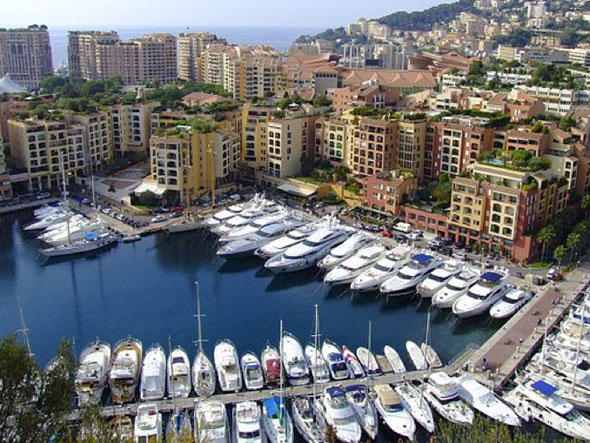 The protection of our environment has many drivers including those which are political, commercial and emotional. Over the past 50 years, legislation in NZ to protect our environment has been presented in many guises. The most recent Act, the Resource Management Act (RMA), 1991, is a framework which establishes environmental bottom lines to be acted upon by regional and district councils. The purpose of the RMA is to promote the sustainable management of natural and physical resources.
The protection of our environment has many drivers including those which are political, commercial and emotional. Over the past 50 years, legislation in NZ to protect our environment has been presented in many guises. The most recent Act, the Resource Management Act (RMA), 1991, is a framework which establishes environmental bottom lines to be acted upon by regional and district councils. The purpose of the RMA is to promote the sustainable management of natural and physical resources.
 In this Act, sustainable management means managing the use, development, and protection of natural and physical resources in a way, or at a rate, which enables people and communities to provide for their social, economic, and cultural well-being and for their health and safety while:
In this Act, sustainable management means managing the use, development, and protection of natural and physical resources in a way, or at a rate, which enables people and communities to provide for their social, economic, and cultural well-being and for their health and safety while:
- Sustaining the potential of natural and physical resources (excluding minerals) to meet the reasonably foreseeable needs of future generations; and
- safeguarding the life-supporting capacity of air, water, soil, and ecosystems; and
- avoiding, remedying, or mitigating any adverse effects of activities on the environment.
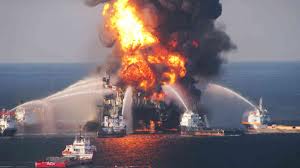 The RMA is used by councils to create statutory documents to carry out this purpose and this effectively means that for the majority of civil engineering projects, a resource consent of some description will be provided.
The RMA is used by councils to create statutory documents to carry out this purpose and this effectively means that for the majority of civil engineering projects, a resource consent of some description will be provided.
The act allows for existing use rights - for example the use of a road has existing use rights, however if we upgrade the road we may need to apply for a consent. This may be for something simple such as the use of paint on the road which may cause a discharge.
For further reading try "The New Zealanders' Guide to the Resource Management Act, 1991" by Raewyn Peart,
1.1. Legislation Hierachy
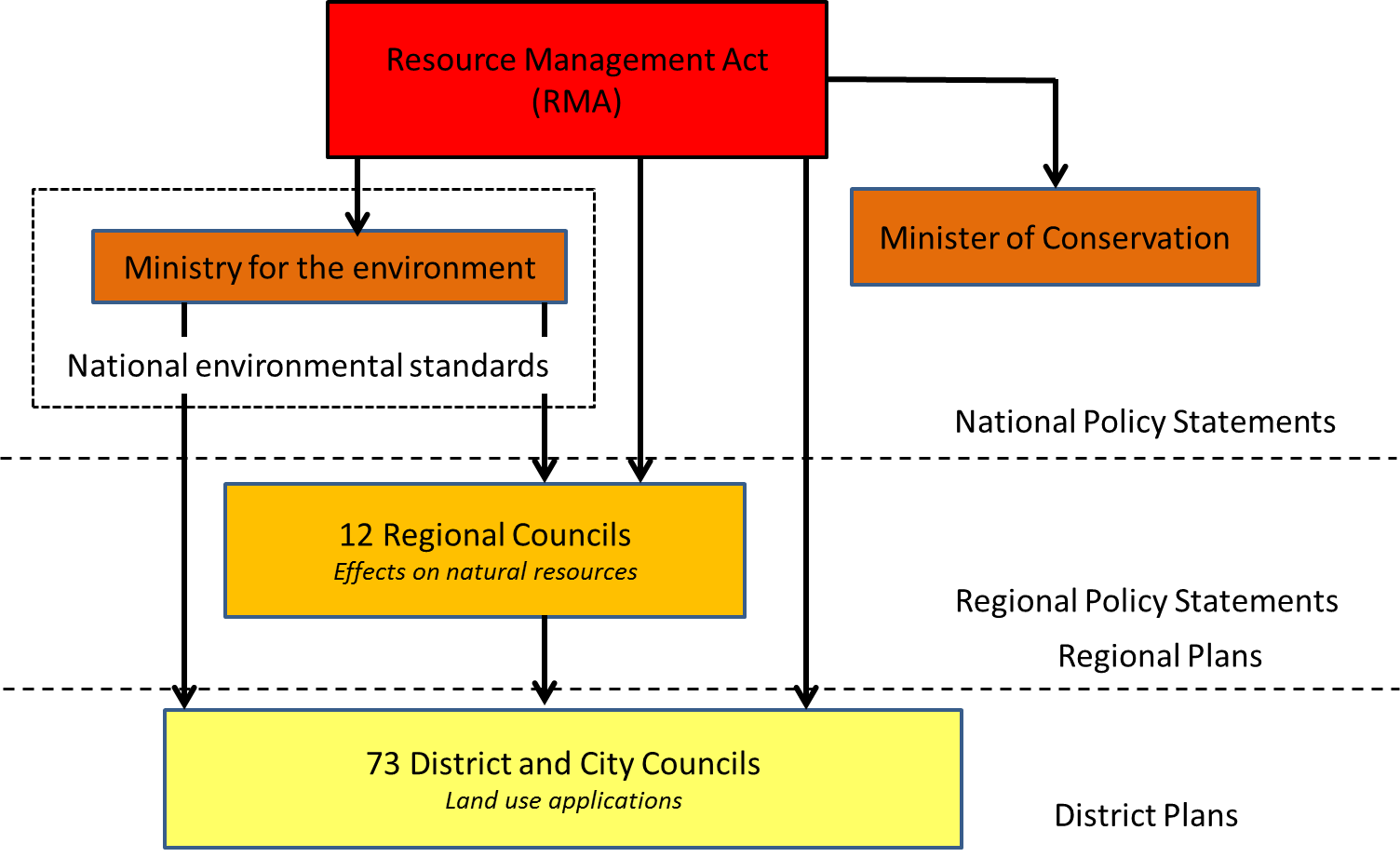 The RMA framework allows those whose are directly affected to make the decisions. This decision-making authority is devolved to the most appropriate level. Therefore at national level, a consistent policy is set which can then be interpreted by the Ministry for the Environment and Councils. Below this level, decisions that directly impact on local communities are made by councils, which, under the RMA, are called local authorities.
The RMA framework allows those whose are directly affected to make the decisions. This decision-making authority is devolved to the most appropriate level. Therefore at national level, a consistent policy is set which can then be interpreted by the Ministry for the Environment and Councils. Below this level, decisions that directly impact on local communities are made by councils, which, under the RMA, are called local authorities.
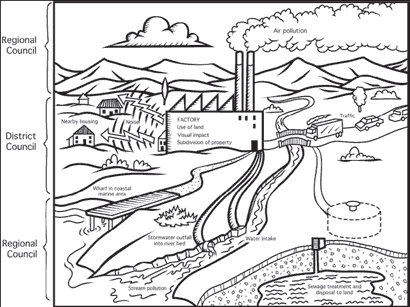
Local authorities are responsible for implementing the bulk of the RMA, and are divided into two tiers (regional and district/city councils) for this purpose.
There are 12 regional councils which are responsible for:
- the taking, use, damming, and diversion of surface water, groundwater and geothermal water
- the discharge of contaminants to land, air or water
- the effects of activities in the coastal marine area (together with the Minister of Conservation)
- the introduction of plants into water bodies
- maintaining indigenous biodiversity
- land-use for matters such as soil conservation, maintaining and enhancing ecosystems in water bodies, water quality and quantity, and controlling natural hazards and hazardous substances
- the strategic integration of infrastructure with land-use.
There are 73 District and City Councils which are responsible for:
- the effects of land-use (including hazardous substances, natural hazards and indigenous biodiversity)
- noise
- the effects of activities on the surface of lakes and rivers.
All councils are responsible for preparing policy statements and plans, issuing resource consents, taking enforcement action, and monitoring the state of the environment and the effect of their own decisions, all within the context of their functions under the RMA.
Permitted activities guides can be found under district or a regional plans for non-unitary councils, here is a link to an example →
(Image courtesy of MfE, 2014)
The Environmental Protection Agency (EPA) is a governmental body who can make decisions and give advice to council regarding resource consents.
The Ministry for the Environment (MfE) provides evidence-based policy advice for government and maintains an active overview and monitoring role of the implementation of the RMA
Department of Conservation (DoC) is a government agency charged with conserving NZ's natural and historic heritage.
1.2. Policy Statements
National Policy Statements
National policy statements (NPS) include
- New Zealand Coastal Policy Statement - 2010 (includes the 1st 20m of coastline, a resource consent was required for discharge from Rena)
- National Policy Statement on Electrical Transmission - 2008
- National Policy statement on Freshwater Management - 2014 (includes objectives for management of rivers and streams, e.g. water quality limits are set as are abstraction volumes).
- National Policy statement on Renewable Electricity Generation - 2013
- National Policy Statement on Urban Design - 2020.
The only mandatory NPS is the coastal policy statement which was authorized by Doc, all reports and district plans must give effect this coastal policy statement. The other NPS were authorized by MfE and are optional at this stage.
More NPS are in development including NPS Biodiversity, which includes the protection of indigenous vegetation.
Regional Policy Statements
Regional Policy Statements (RPS) (Chapter 2 of the Unitary plan) shouldn't need to be used too often but could be useful e.g to support an application for an activity for example a 3rd Harbour Crossing.
RPS include:
- the significant resource management issues for the region including those of significance to iwi
- objectives and policies to address issues and an explanation of those policies.
- methods (excluding rules) used, or to be used, to implement the policies
- principal reasons for adopting the objectives, policies and methods of implementation
- environmental results anticipated from implementation of those policies and methods.
Regional Policy statement may contain information (which maybe based on models) which may affect your activity, for example detailed information about where floodplains are located. The RPS is a key planning instrument because all Regional and District plans must give effect to the RPS. Key sections of the RPS include: water quality and quantity, air quality, natural hazards, climate change, contaminated land, hazardous substances, waste, earthworks and land development and transport.
National Environmental Standards
National Environmental standards are set by central government and developed by the ministry for the environment for example:
- Air quality
- Sources of human drinking water
- Assessing and managing contaminants in soil to protect human health (e.g if digging more than 25m3 soil, you must prove that it is not contaminated via a preliminary site investigation)
Plus others including the development of a number of new standards e.g ecological flows and water levels.
1.3. Regional & District Plans
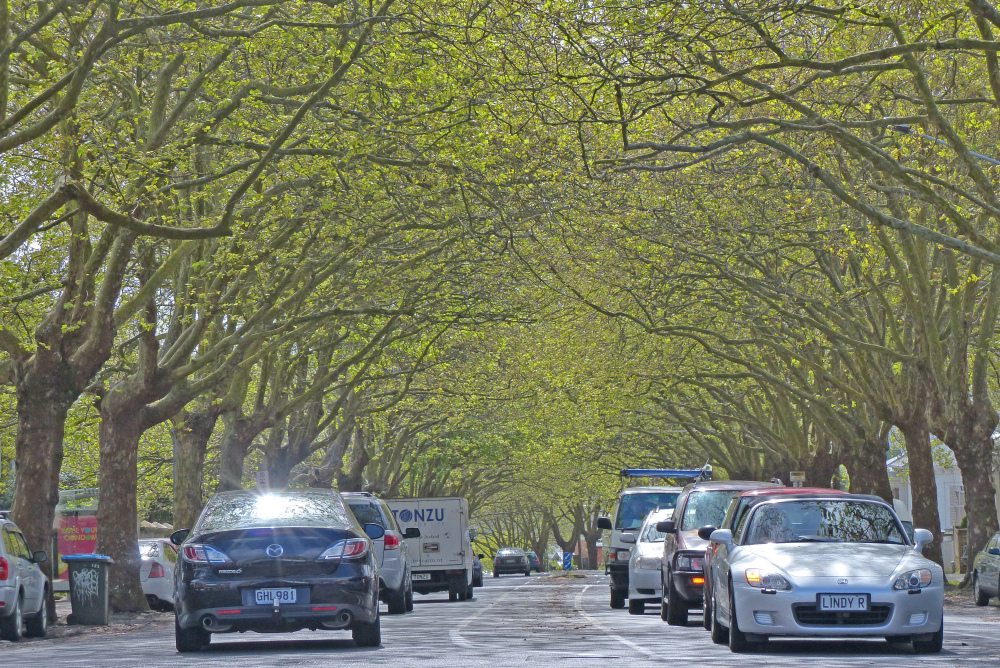 Regional Plans
Regional Plans
Regional councils may have more than one plan although most will have a separate coastal plan. These plans are based on the natural environment and they classify activities and include standards, assessment criteria and information requirements. Key provisions include:
Water quality (in terms of discharge to land and water, structures and works in streams, rivers and lakes); air quality (controls discharges to air), natural hazards, waste and contaminated land and coastal structures, activities and discharges (coastal plans).
Both regional and district plan consents may be required in some areas and you can find combined plans in some regions (e,g Unitary plan, Auckland)
District Plans
District plans are more about people and often follow a ten year cycle before updating. They may include, for example, rules on building heights, tree protection (did you know that all trees on roads are protected under the Unitary plan?) and land-use. The functions of the district plan are listed in section 31 and are detailed below:
- integrated management of the effects of the use, development or protection of land and associated natural and physical resources of the district.
- control of any actual or potential effects of the use, development, or protection of land, including for the purpose of :
- the avoidance or mitigation of natural hazards: and
- the prevention or mitigation of any adverse effects of the storage, use, disposal or transportation of hazardous substance; and
- the prevention and mitigation of any adverse effects of the development, subdivision, or use of contaminated land:
- the maintenance of indigenous biological diversity
- the control of the emission of noise and the mitigation of the effects of noise
3. other functions specified in this Act
The district plan must state the objectives for the district, policies to implement the objectives and any rules to implement the objectives
It must also state any issues that th plan seeks to address, methods for implementing policies, principal reasons for adopting policies and the environmental results expected. It is useful for finding which information must be included with an application for a resource consent and any cross boundary issues.
1.4. Matters of national importance
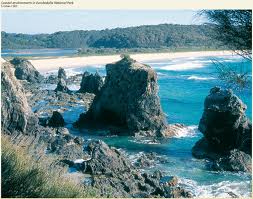 In achieving the purpose of this Act, all persons exercising functions and powers under it, in relation to managing the use, development, and protection of natural and physical resources, shall recognise and provide for the following matters of national importance:
In achieving the purpose of this Act, all persons exercising functions and powers under it, in relation to managing the use, development, and protection of natural and physical resources, shall recognise and provide for the following matters of national importance:
the preservation of the natural character of the coastal environment (including the coastal marine area), wetlands, and lakes and rivers and their margins, and the protection of them from inappropriate subdivision, use, and development:
- the protection of outstanding natural features and landscapes from inappropriate subdivision, use, and development:
- the protection of areas of significant indigenous vegetation and significant habitats of indigenous fauna:
- the maintenance and enhancement of public access to and along the coastal marine area, lakes, and rivers:
- the relationship of Maori and their culture and traditions with their ancestral lands, water, sites, waahi tapu, and other taonga:
- the protection of historic heritage from inappropriate subdivision, use, and development:
- the protection of protected customary rights.
 This was taken directly from the RMA but notice the "recognise and provide" terminology as opposed to the stronger "managing the use, development, and protection of natural and physical resources" which is the purpose of the RMA
This was taken directly from the RMA but notice the "recognise and provide" terminology as opposed to the stronger "managing the use, development, and protection of natural and physical resources" which is the purpose of the RMA
1.5. Other parties
 In achieving the purpose of this Act, all persons exercising functions and powers under it, in relation to managing the use, development, and protection of natural and physical resources, shall have particular regard to:
In achieving the purpose of this Act, all persons exercising functions and powers under it, in relation to managing the use, development, and protection of natural and physical resources, shall have particular regard to:
- kaitiakitanga
- the ethic of stewardship:
- the efficient use and development of natural and physical resources:
- the efficiency of the end use of energy:
- the maintenance and enhancement of amenity values:
- intrinsic values of ecosystems
- maintenance and enhancement of the quality of the environment:
- any finite characteristics of natural and physical resources
- the protection of the habitat of trout and salmon:
 the effects of climate change:
the effects of climate change:- the benefits to be derived from the use and development of renewable energy.
Once again note that the terminology used is less forceful than for the previous "matters of national importance".
1.6. The Process
Fundamentally, any activity may require a resource consent and/or be subject to standards (e.g you can build a road providing you have sufficient soil and erosion control).
The first step in this process for civil engineers is to determine the type of consent required by asking local council.
This is closely followed by determining how a consent may be met and which may include a multidisciplinary approach involving an assessment of environmental effects (AEE). The AEE will be discussed in detail in the following chapters.
If an application for a consent is rejected, an appeal can be lodged through the Environment Court which is an independent body.
Part 3 of the RMA, lists the duties and restrictions and these can be grouped according to this course as either Earth, Air or Water.

Once the type of resource consent has been established, mitigation against the adverse effects of the activity needs to be provided. There are Australian and New Zealand standards available (at a cost) which can guide you or you can find solutions in the technical papers provided by the councils, e.g GD01 from Auckland council provide solutions for stormwater management. Alternatively, consultancies are available but at a greater cost still.